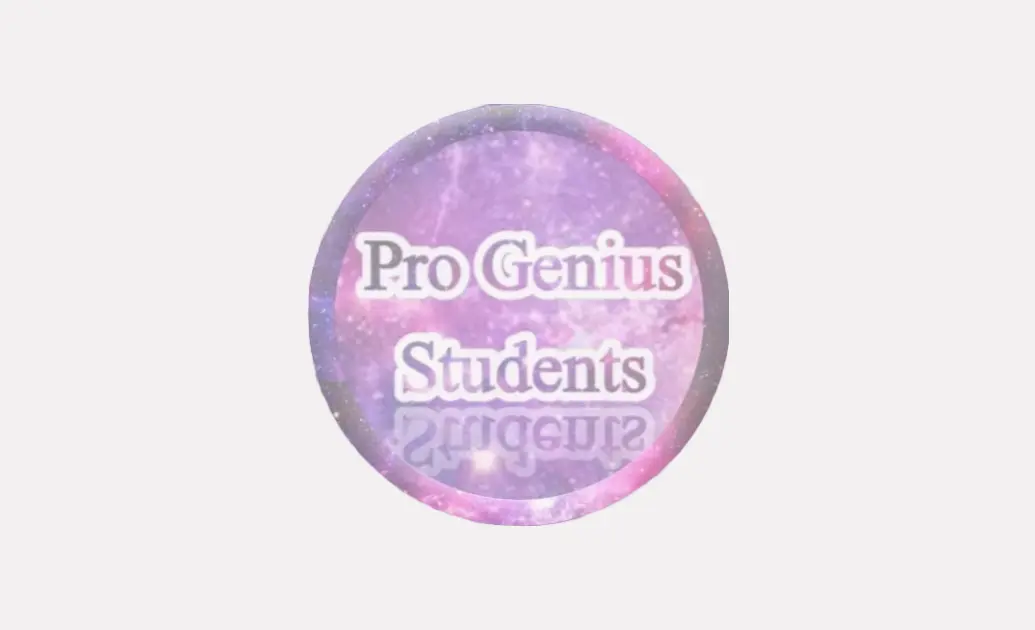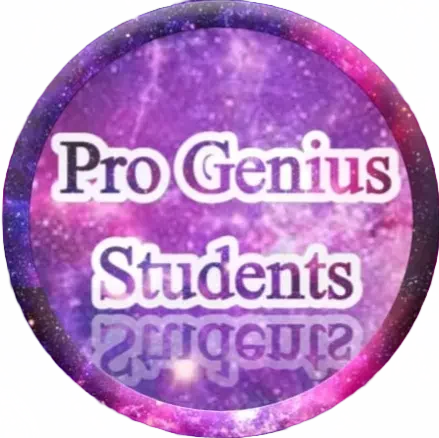
LCC-17
Posted: 10 Sep, 2023
review Karachi Centre
Army services corps- Logistics & supplychain
Sabse pehli tu aik picture mention h lkn ap 2 le kr jaen along with all the original documents.
Apny mobile or bags ly ja skty hain, lockers available hain free of cost. Jin k pass degree nahi h wo transcript par b test de sakty hain.
Coming to the point, 3 slots deay thy logon ko “7-9”, “9-11”, “11-1”, lekin test sabka 2 bjy k bad start hua tha.. there was a technical error jiski wjh se test m thori der hui, it might possible k first 50 logon k documents verify hony k bad test start kra dea jayga so ap log time p jaen. Female attendes k liye waiting area mojud tha. Keep 300 rs for prospectus.
“Verbal Part”
Word problems, number series, blood relation, jumbled words, sequence, time-speed, percentage, ratio. (Ye sab tha, so prepare it thoroughly)
“Non-verbal Part”
Pictures the different type ki.
“Academic Part”
Supplychain Management
Drivers (in detail) of supplychain
Inventory management
Bullwhip effect
Kaizen (japanese term)
Demand and supply curves
Logistics
Production management
Supply of goods
HRM in terms of supplychain
Decision making
Strategic decision making
Organizational behavior se 1 2 questions thy that i dont remember
❌Rough work was not allowed❌
(pencil, pen sb GHQ chla jayga 😂)
Please prepare from the core of your heart for academic part as it was too difficult, i dont remember k is dept se kisi ny b kaha ho test clear ho gaya h..
medical 17-20 july h jinka test clear hogya.
Regards: Pro Genius Students*
My Whatsapp For Paid Course: 03056306559
